Jingpeng Zhao
HFT-ONLSTM: Hierarchical and Fine-Tuning Multi-label Text Classification
Apr 18, 2022
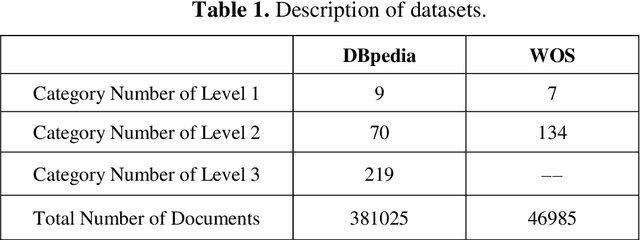
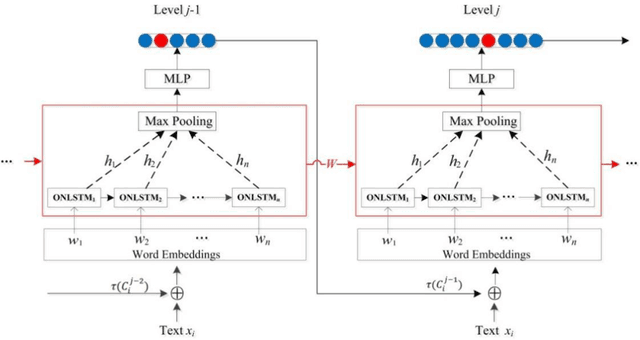
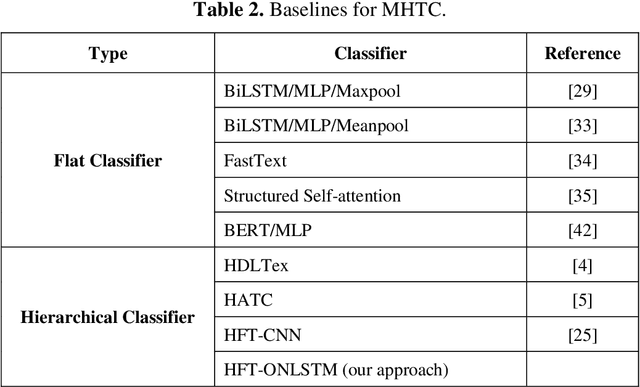
Abstract:Many important classification problems in the real-world consist of a large number of closely related categories in a hierarchical structure or taxonomy. Hierarchical multi-label text classification (HMTC) with higher accuracy over large sets of closely related categories organized in a hierarchy or taxonomy has become a challenging problem. In this paper, we present a hierarchical and fine-tuning approach based on the Ordered Neural LSTM neural network, abbreviated as HFT-ONLSTM, for more accurate level-by-level HMTC. First, we present a novel approach to learning the joint embeddings based on parent category labels and textual data for accurately capturing the joint features of both category labels and texts. Second, a fine tuning technique is adopted for training parameters such that the text classification results in the upper level should contribute to the classification in the lower one. At last, the comprehensive analysis is made based on extensive experiments in comparison with the state-of-the-art hierarchical and flat multi-label text classification approaches over two benchmark datasets, and the experimental results show that our HFT-ONLSTM approach outperforms these approaches, in particular reducing computational costs while achieving superior performance.
A Hierarchical Fine-Tuning Approach Based on Joint Embedding of Words and Parent Categories for Hierarchical Multi-label Text Classification
Apr 06, 2020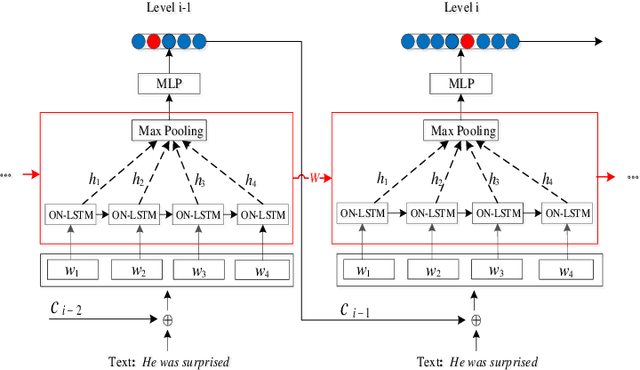
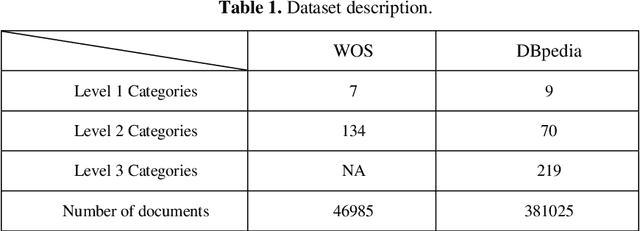
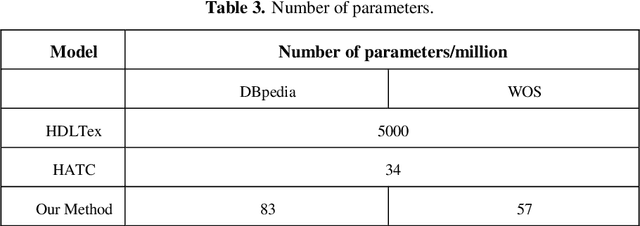
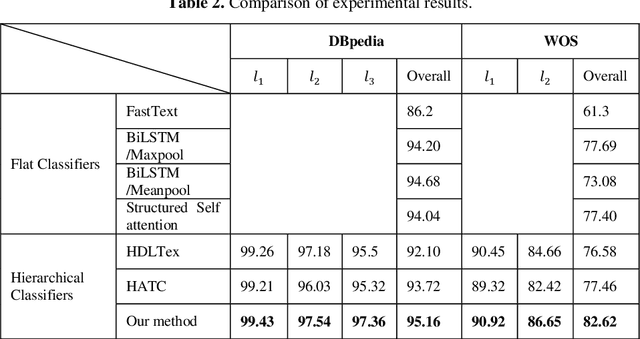
Abstract:Many important classification problems in real world consist of a large number of categories. Hierarchical multi-label text classification (HMTC) with higher accuracy over large sets of closely related categories organized in a hierarchical structure or taxonomy has become a challenging problem. In this paper, we present a hierarchical fine-tuning deep learning approach for HMTC. A joint embedding approach of words and parent category are utilized by leveraging the hierarchical relations in the hierarchical structure of categories and the textual data. A fine tuning technique is applied to the Ordered Neural LSTM (ONLSTM) neural network such that the text classification results in the upper levels should contribute to the classification in the lower ones. The extensive experiments were made over two benchmark datasets, and the results show that the method proposed in this paper outperforms the state-of-the-art hierarchical and flat multi-label text classification approaches at significantly lower compu-tational cost while maintaining high interpretability.
 Add to Chrome
Add to Chrome Add to Firefox
Add to Firefox Add to Edge
Add to Edge